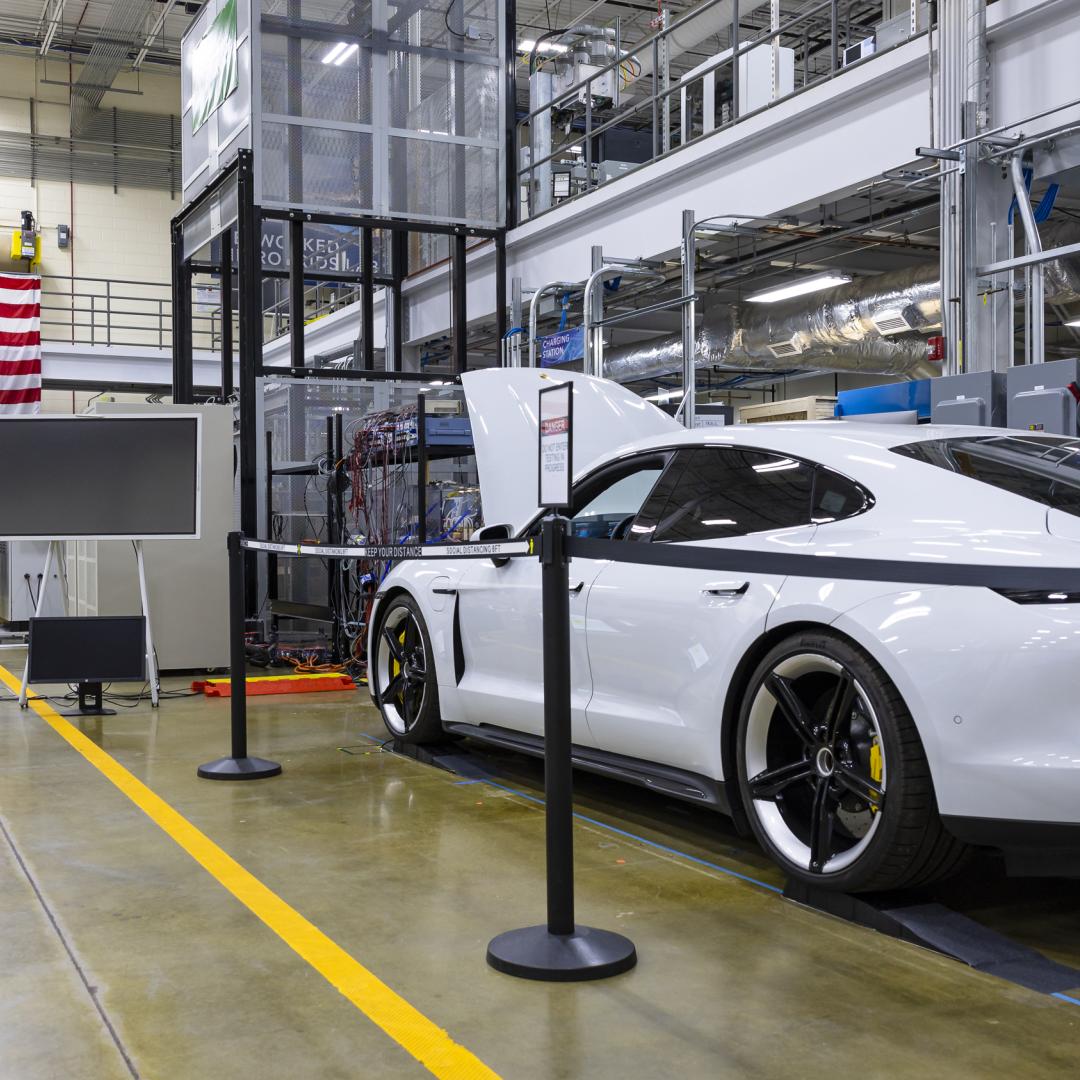
Filter News
Area of Research
- Advanced Manufacturing (1)
- Biology and Environment (23)
- Biology and Soft Matter (1)
- Clean Energy (21)
- Climate and Environmental Systems (1)
- Computer Science (1)
- Fusion and Fission (12)
- Fusion Energy (4)
- Isotopes (2)
- Materials (19)
- Materials for Computing (1)
- National Security (8)
- Neutron Science (6)
- Nuclear Science and Technology (19)
- Nuclear Systems Modeling, Simulation and Validation (2)
- Supercomputing (15)
News Topics
- (-) Advanced Reactors (18)
- (-) Clean Water (7)
- (-) Climate Change (36)
- (-) Exascale Computing (11)
- (-) Nuclear Energy (41)
- (-) Physics (23)
- 3-D Printing/Advanced Manufacturing (40)
- Artificial Intelligence (22)
- Big Data (20)
- Bioenergy (31)
- Biology (33)
- Biomedical (27)
- Biotechnology (5)
- Buildings (17)
- Chemical Sciences (20)
- Composites (4)
- Computer Science (59)
- Coronavirus (32)
- Critical Materials (6)
- Cybersecurity (11)
- Decarbonization (22)
- Element Discovery (1)
- Energy Storage (46)
- Environment (65)
- Fossil Energy (1)
- Frontier (11)
- Fusion (20)
- Grid (20)
- High-Performance Computing (19)
- Hydropower (8)
- Irradiation (1)
- Isotopes (12)
- ITER (2)
- Machine Learning (18)
- Materials (39)
- Materials Science (53)
- Mathematics (2)
- Mercury (2)
- Microscopy (21)
- Molten Salt (2)
- Nanotechnology (26)
- National Security (19)
- Net Zero (2)
- Neutron Science (42)
- Partnerships (8)
- Polymers (12)
- Quantum Computing (7)
- Quantum Science (23)
- Security (7)
- Simulation (6)
- Space Exploration (6)
- Summit (24)
- Sustainable Energy (49)
- Transformational Challenge Reactor (7)
- Transportation (25)
Media Contacts
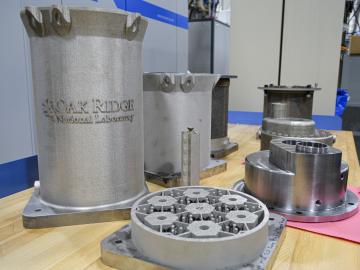
Researchers at the Department of Energy’s Oak Ridge National Laboratory are refining their design of a 3D-printed nuclear reactor core, scaling up the additive manufacturing process necessary to build it, and developing methods
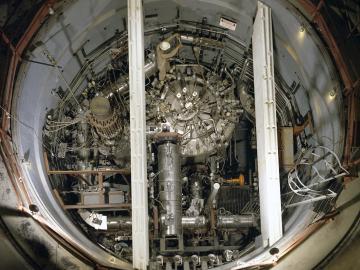
In the 1960s, Oak Ridge National Laboratory's four-year Molten Salt Reactor Experiment tested the viability of liquid fuel reactors for commercial power generation. Results from that historic experiment recently became the basis for the first-ever molten salt reactor benchmark.

In the Physics Division of the Department of Energy’s Oak Ridge National Laboratory, James (“Mitch”) Allmond conducts experiments and uses theoretical models to advance our understanding of the structure of atomic nuclei, which are made of various combinations of protons and neutrons (nucleons).
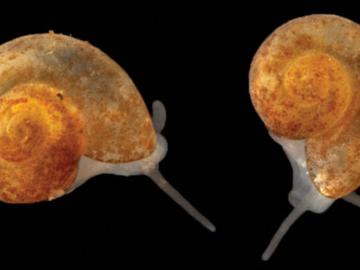
Sometimes conducting big science means discovering a species not much larger than a grain of sand.

As a teenager, Kat Royston had a lot of questions. Then an advanced-placement class in physics convinced her all the answers were out there.
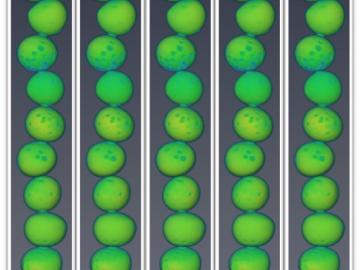
Oak Ridge National Laboratory researchers working on neutron imaging capabilities for nuclear materials have developed a process for seeing the inside of uranium particles – without cutting them open.
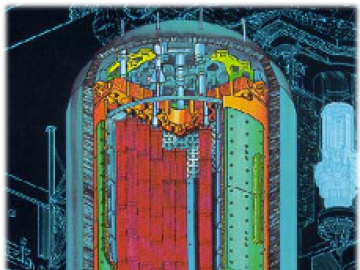
A software package, 10 years in the making, that can predict the behavior of nuclear reactors’ cores with stunning accuracy has been licensed commercially for the first time.

The techniques Theodore Biewer and his colleagues are using to measure whether plasma has the right conditions to create fusion have been around awhile.
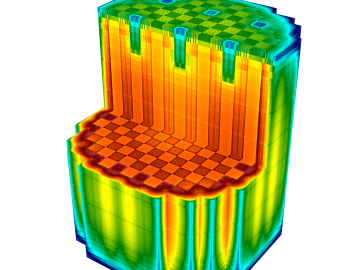
OAK RIDGE, Tenn., Feb. 19, 2020 — The U.S. Department of Energy’s Oak Ridge National Laboratory and the Tennessee Valley Authority have signed a memorandum of understanding to evaluate a new generation of flexible, cost-effective advanced nuclear reactors.
A team of scientists led by Oak Ridge National Laboratory found that while all regions of the country can expect an earlier start to the growing season as temperatures rise, the trend is likely to become more variable year-over-year in hotter regions.


